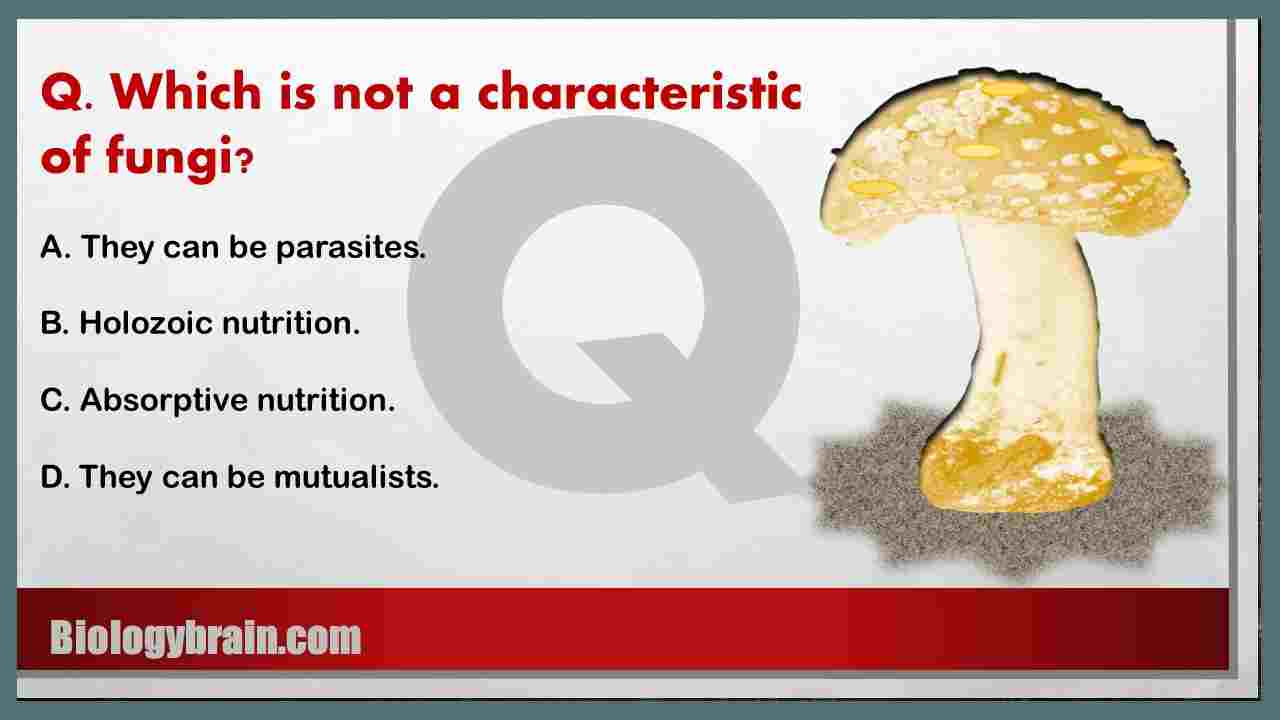The majority of organelles in the eukaryotic cell are surrounded by a membrane called membrane-bound organelles. This membrane offers advantageous for organelles as they allow the organelles to maintain concentration gradient and perform cellular reactions and also monitors substances that can go in and out of the membrane.
Note: Only eukaryotic cells contain membrane-bound organelles. While, prokaryotic cells are surrounded by a plasma membrane, but they have no membrane-bound organelles in their cytoplasm. However, most prokaryotic cells carry a small number of ribosomes and genetic material.
The membrane-bound organelles include:
Nucleus: The nucleus is the largest membrane-bound organelle in the eukaryotic cells. It maintains cellular integrity by processing the replication and transcription.
Vacuole: It is a very important organelle in the plant cells for providing the structural support and storage space for waste materials. Few studies also found its role in cell growth.
Rough endoplasmic reticulum: It is found in both plant and animal cells and is involved in protein synthesis.
Golgi apparatus: It is also called as Golgi complex, present in all plants and animal cells and involved in various cellular processes.
Smooth endoplasmic reticulum: It is involved in the synthesis of lipid molecules and steroid hormones and storage of calcium ions and it also contributes to the detoxification of harmful metabolic byproducts.
Mitochondria: Mitochondrion is called as powerhouse of the cell since it synthesizes the energy molecule, ATP by the process called oxidative phosphorylation.
Lysosome: It is one of the important organelles in the cell that contains digestive enzymes which are crucial for recycling the cellular machinery. However, lysosomes are not present in red blood cells.
Vesicle: It is the smallest membrane-bound organelle found inside and outside of the cells. Budding of lipid membrane with cellular molecules resulted in the formation of tiny vesicles which are later fused with the cell membrane.
Non-membrane bound organelles include:
Ribosomes: Ribosomes found in both prokaryotes and eukaryotes and play a role in the translation of mRNA.
Centrioles: centriole is one of the non-membrane-bound organelles involved in cell split when it undergoes cell division.
Microtubule: Microtubules are polymers of proteins called alpha and beta-tubulin and form thread-like structures, which play a crucial role in cell movement, protein sorting, cell division, etc.
Cilia: Cilia and flagella are mainly used by prokaryotes for movement or attachment.










